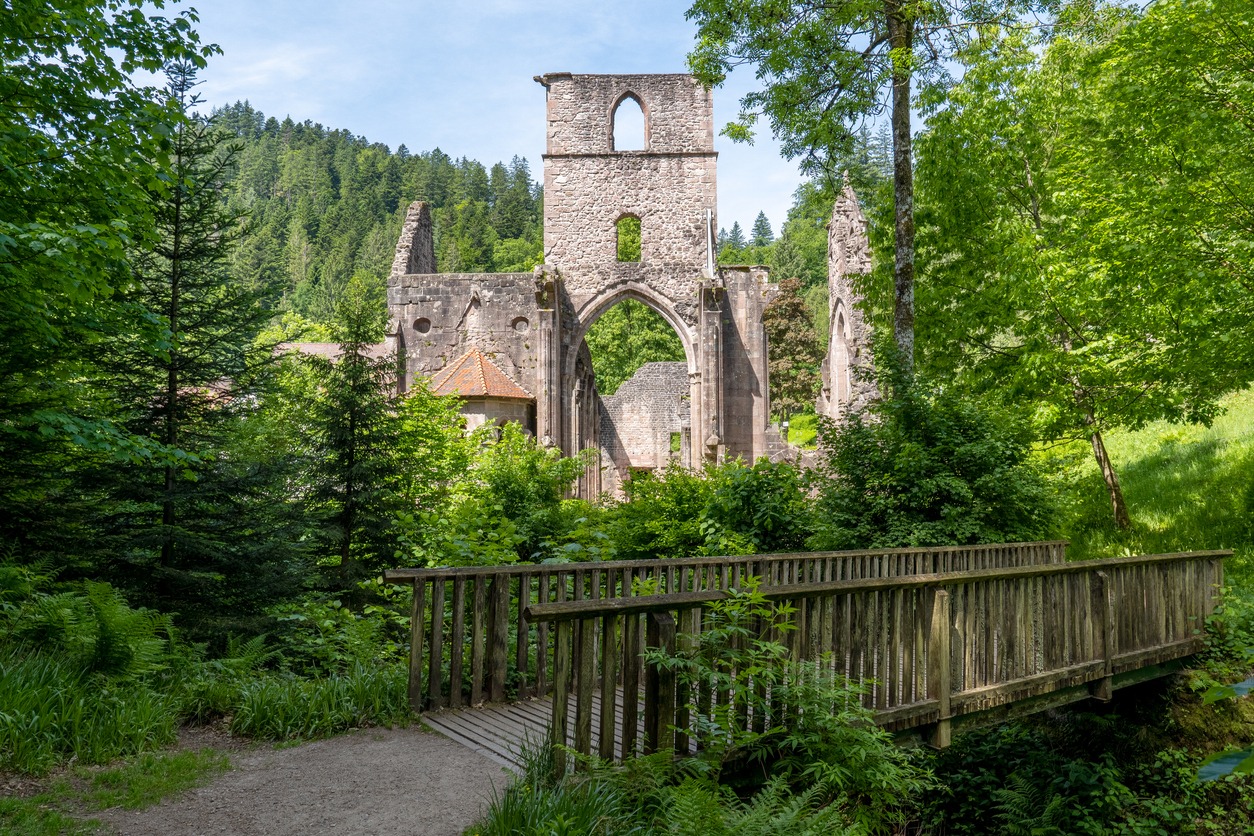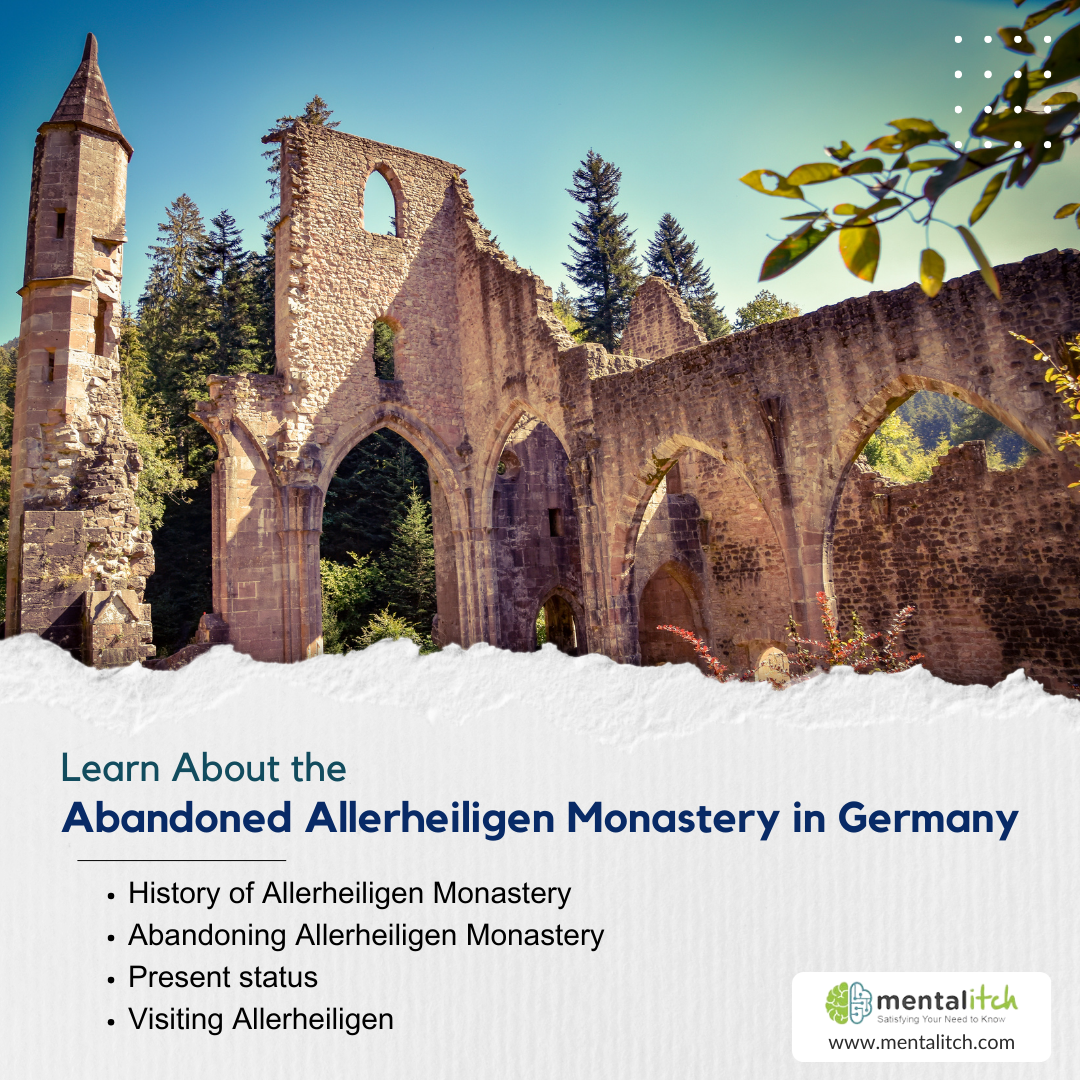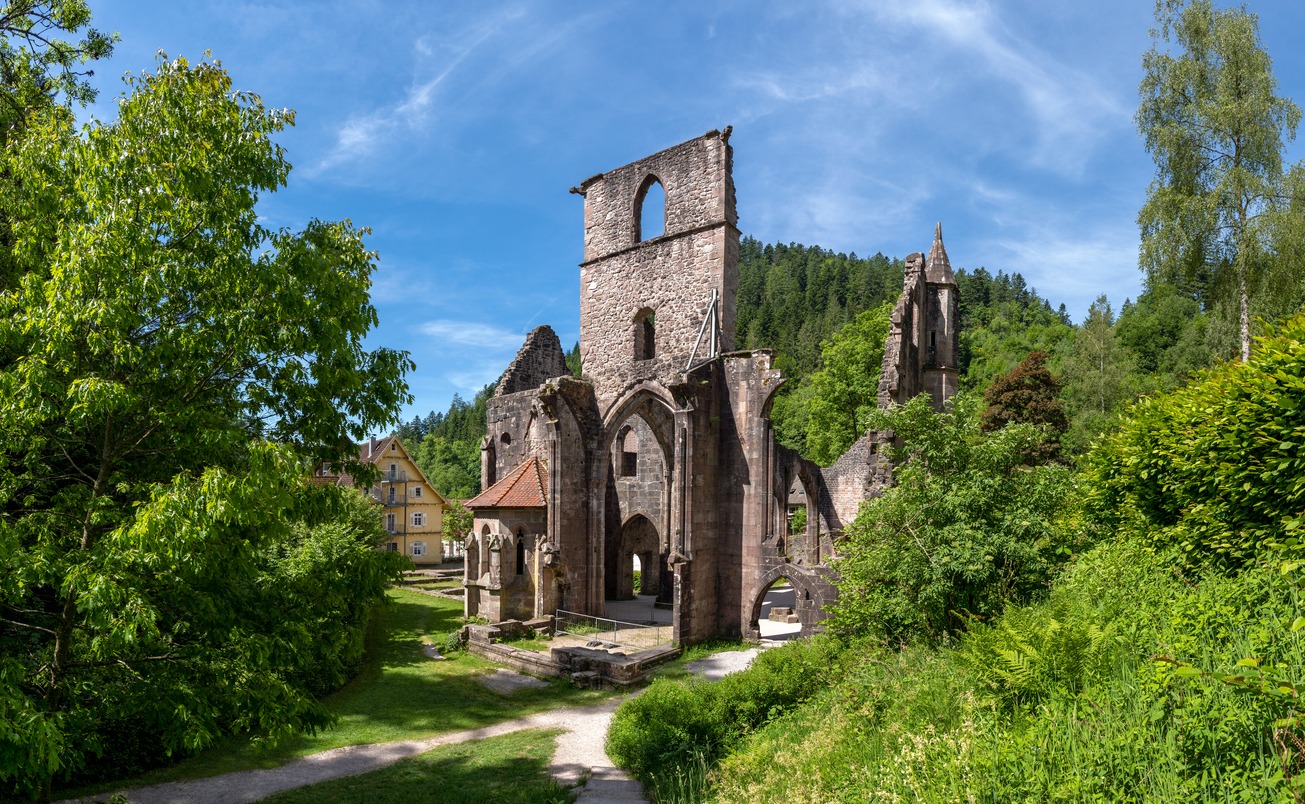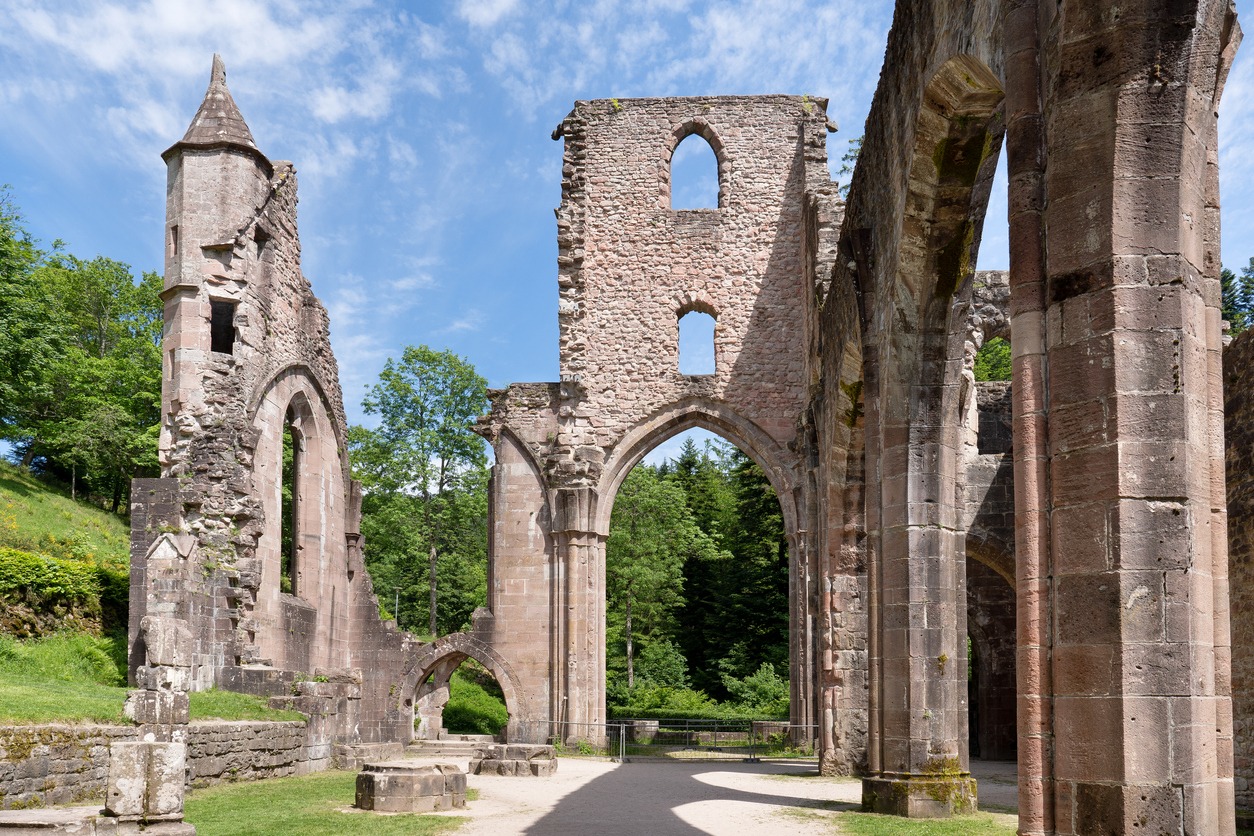The Allerheiligen Monastery is an abandoned site in Baden-Württemberg, Germany that has captured the attention of historians and travelers alike. This former monastery, located in the Black Forest region, has a rich and complex history dating back to the 12th century. The Allerheiligen Monastery has been abandoned since the 19th century, but its ruins continue to attract visitors from all over the world.
History of Allerheiligen Monastery
The Allerheiligen monastery, located in the Black Forest region of Germany, was founded in the 12th century. The exact year of its founding is uncertain, but it is believed to have been established sometime between 1192 and 1196.
The Allerheiligen monastery was built in a scenic location, surrounded by dense forests and picturesque mountains. The monastery’s main purpose was to serve as a religious center for the surrounding communities. It was inhabited by monks who were dedicated to a life of prayer, contemplation, and work. Over time, the monastery became a center for learning and scholarship, attracting students and scholars from all over Europe.
Over the centuries, the Allerheiligen Monastery underwent several periods of decline and restoration. It was destroyed by fire in the 16th century and rebuilt in the Baroque style in the 18th century. During the Napoleonic Wars, the monastery was secularized and used for various purposes, including as a prison and a hospital.
Abandoning Allerheiligen Monastery
The Allerheiligen monastery was home to a community of monks who devoted their lives to prayer, contemplation, and service. However, over time, the monastery fell into disrepair and was eventually abandoned.
One of the main reasons for the Allerheiligen monastery’s abandonment was the rising cost of upkeep and repairs over time. It was first destroyed by a fire in 1470. While it was repaired, the monastery was not able to bring back its former glory. Another fire broke out in 1804, after the church tower was struck by lightning, leaving the monastery in ruins. The relics and statues of saints that used to be housed in the monastery were moved to other churches near the site.
Another factor in the monastery’s decline was the changing political and economic landscape of the region. In the centuries after its founding, the Black Forest area became more urbanized, with new towns and cities emerging nearby. As a result, the monastery’s influence and importance waned, and it struggled to attract new members and resources.
Finally, the Allerheiligen monastery was also abandoned due to the decline of the Catholic Church in Germany. During the Protestant Reformation in the 16th century, many Germans turned away from the Catholic Church and embraced Protestantism. This shift in religious beliefs and practices led to a decline in Catholic institutions like the Allerheiligen monastery, which struggled to adapt to the changing times.
In the ensuing years, the vacant church and convent buildings of the Allerheiligen Monastery were transformed into a stone quarry. The once grand Gothic church was reduced to a mere pile of ruins. Today, only fragments of the choir and transept, along with one side of the central spire, remain. The western porch and the arcade of the right-side nave are also still standing.
Present status
In 1947, the Charitable Union of Mainz procured the land surrounding the Allerheiligen Monastery ruins to establish a children’s convalescent home. Since 1978, the site has been transformed into a countryside vacation center for schools. In 1960, the Bishop of Mainz erected a chapel here dedicated to God and All Saints, similar to the abbey church.
Currently, visitors can enjoy a cafe and a small museum on the premises of the monastery.
Visiting Allerheiligen
The ruins of Allerheiligen are open to visitors throughout the year.
Near the monastery is the Lierbach creek that flows through the valley of Allerheiligen creates a stunning sequence of seven waterfalls in a rocky gorge. While the hike to the falls is relatively brief, the path through the gorge is steep and primarily consists of stairs.
It also pays to check out the memorial dedicated to the members of the Black Forest Society who died during World War I. The memorial is situated on a hilltop across the valley, which provides a picturesque view of the monastery.
At the former barn of the monastery, you can find a small exhibit that delves into the history of the abbey and its eventual destruction. The highlight of the show is a detailed model of the monastery before 1800. Admission to the exhibit is usually free.
Conclusion
The Allerheiligen Monastery is more than just an abandoned tourist attraction. Its history and significance are deeply rooted in the region of Baden-Württemberg and the history of Germany. From its humble beginnings as a simple chapel to its eventual growth into a powerful Benedictine monastery, the Allerheiligen Monastery has seen it all. Despite its eventual downfall and abandonment, the monastery’s ruins continue to stand as a testament to its enduring legacy. A visit to the Allerheiligen Monastery is a must for anyone interested in exploring the rich history of Germany and experiencing the awe-inspiring beauty of its natural surroundings.




